This post may contain affiliate links. Please read our disclosure policy.
Pickled vegetables are a simple, versatile way to preserve Caribbean flavours with carrots, onions, chayote, and scotch bonnet peppers. Infused with pimento seeds, thyme, and white vinegar, enjoy these veggies as a quick condiment, snack, side, or the perfect escovitch sauce for fish.
For other Jamaican veggie side dishes, try Jamaican Callaloo and Jamaican Steamed Cabbage.

Table of Contents
- Jamaican Pickled Vegetables Recipe
- What does it mean to pickle vegetables?
- What vegetables are good pickled?
- Other Names for Jamaican Pickled Vegetables
- Ingredients
- How to Pickle Vegetables
- Recipe Tips
- Recipe Variations
- What can you eat with Pickled Vegetables?
- Storage
- Frequently Asked Questions (FAQ’s)
- More Jamaican Recipes
- Jamaican Pickled Vegetables (Escovitch Sauce) Recipe
Jamaican Pickled Vegetables Recipe
Pickling vegetables is a simple and delicious way to preserve fresh veggies. Made with onions, chayote, carrots, and fiery scotch bonnet peppers, it’s packed with vibrant, tangy Jamaican flavour.
I love using it as an escovitch sauce for fish, but it works just as well with meats or poultry. Growing up, we always had a jar in the fridge, and now I know why – it adds a burst of flavour to any dish.
This quick pickling recipe is also a great way to use up extra veggies and makes for a thoughtful homemade gift. Quick and easy to prepare, all you need is some vinegar, herbs, and a sealable glass jar!

What does it mean to pickle vegetables?
Pickling is an old-fashioned method of preserving food, usually vegetables or fruit, by soaking them in vinegar or a salt brine. This process gives the food a tangy, sour, and acidic flavour while extending its shelf life.
Unlike canning, pickling is quicker and less complicated, making it a convenient way to keep foods fresh for longer. Before refrigeration, pickling was a popular way to prevent spoilage and maintain food supplies. Today, it’s still loved for the unique flavour and texture it adds to various dishes.
What vegetables are good pickled?
cabbage, jalapenos, onions, beets, cucumbers, radishes, green beans, asparagus, broccoli, peppers, most vegetables really
Other Names for Jamaican Pickled Vegetables
There are a few names to describe this condiment, here are some of them:
- Escovitch Sauce
- Escovitch Dressing
- Hot Pepper Pickle
- Hot Pickle Pepper
- Jamaican Pickled Vegetables
- Jamaican Pickled Pepper(s)
- Jamaican Escovitch Pickle Sauce
Ingredients
- White Onions: You can use yellow or cooking onions, sweet onions or white onions.
- Carrots: Thinly slice or julienne these.
- Chayote: Also known as chocho is a type of squash and has a taste between a mild apple and cucumber with a crisp texture.
- Scotch Bonnet Peppers: This packs a good spicy punch, and flavour to the pickled vegetables. Alternatively, you can use habanero peppers.
- Pimento Seeds: Also known as allspice berries and tastes like a warm blend of cinnamon, nutmeg and cloves.
- Thyme Sprigs: This fresh aromatic and flavourful herb is essential in many jamaican dishes, and definitely great in this one as well.
- White Vinegar: This liquid is key to the pickling process. The acidity of vinegar inhibits bacterial growth.

How to Pickle Vegetables
First, I slice the onions and chayote (chocho), julienne the carrots, and carefully slice the scotch bonnet peppers. I gather the pimento seeds and thyme sprigs, then set everything aside.
Then I layer all the prepped ingredients into a large sealable glass jar. Once everything’s in, I pour in the white vinegar until the vegetables are fully covered. Finally, I seal the jar and place it in the fridge to let the flavours marinate and intensify.
For the best flavour, I recommend letting the pickled vegetables marinate in the fridge for at least 24 hours before enjoying them. This allows the vinegar and spices to fully infuse into the veggies, giving them that bold, tangy Caribbean flavour.

Recipe Tips
- If using a glass mason jar, ensure you use a metal lid and not plastic.
- Use gloves when handling and cutting the scotch bonnet peppers to prevent burns.
- Store pickled vegetables in the rear of refrigerator to ensure temperatures remain stable when resting.
Recipe Variations
- Sugar Addition: Add 1-2 teaspoons of sugar to the vinegar brine to balance out the acidity, especially if you find the pickles too sharp. This will give the vegetables a slightly sweeter, more mellow taste.
- Salt: Incorporate 1-2 teaspoons of kosher or sea salt in the brine. Salt not only enhances flavour but also helps preserve the vegetables by inhibiting the growth of bacteria.
- Vinegar: Substitute white vinegar with apple cider vinegar or rice vinegar for a different flavour profile. Apple cider vinegar gives a slightly fruity taste, while rice vinegar provides a milder, more subtle tang.
- Water Dilution: If you prefer a less intense vinegar flavour, dilute the vinegar with water (about a 1:1 ratio of vinegar to water) while keeping the same amount of herbs and spices. This still ensures preservation but with a softer acidity.
What can you eat with Pickled Vegetables?
These pickled vegetables are a great complement to many dishes. Try them with Escovitch Fish or Escovitch Salmon for that classic Caribbean pairing. They also work well added to sandwiches like my Oxtail Sandwich or Jerk Chicken Sandwich. Add it to hot dogs for a tangy, spicy kick.
Or, enjoy them on their own as a snack for a quick burst of flavour. If you’re feeling creative, you could even add them as a topping to salads or poke bowls for extra crunch and zest.

Storage
Store the pickled vegetables in an airtight glass jar in the refrigerator. They can last for up to 2-3 weeks when properly stored, but the flavour continues to develop the longer they sit.
Keep the veggies fully submerged in the vinegar so they stay fresh and avoid spoilage.
Frequently Asked Questions (FAQ’s)
While not required for refrigerator pickling, it’s a good idea to wash your jar thoroughly with hot, soapy water to ensure cleanliness and avoid any potential contamination.
They are essentially the same condiment, and the terms are used interchangeably. However, dressing is pickled in vinegar and stored in the fridge, while the sauce is cooked until the vegetables are tender-crisp.
For this method of pickling vegetables, I do not recommend storing them at room temperature. There’s a risk of bacteria from improper sterilization of the glass jar prior to adding the escovitch vegetables. Additionally, once the jar is opened, it needs to be refrigerated to maintain freshness.

More Jamaican Recipes
If you try this Pickle Brine recipe, we’d greatly appreciate if you leave us a star ★ rating, as well as some feedback in the comment section below if you found this blog post helpful and tasty!
Also, please use the hashtag #theseasonedskillet on social media for a possible feature, and don’t forget to keep up with TSS on Facebook, Twitter, Instagram, TikTok and Pinterest!
Lastly, sign up to our Friday weekly newsletter for the latest TSS updates, blog posts and recipes straight to your inbox.
Oh, and share, share, share with your family and friends!
Jamaican Pickled Vegetables (Escovitch Sauce)
Equipment
Ingredients
- 6 White Onions, large, sliced
- 2 Carrot, large, julienned
- 2 Chayote , chocho, large, sliced
- 6 Scotch Bonnet Peppers, sliced
- 20 Pimento Seeds, allspice berries
- 2 Thyme Sprigs
- 4 cups White Vinegar
Instructions
- In a large sealable glass jar, layer in all the prepped ingredients – onions, carrots, chayote (chocho), scotch bonnet peppers, pimento seeds and thyme sprigs. Then pour the white vinegar on top until all the vegetables are covered. Seal and place in refrigerator to allow the flavours to intensify and marinate.
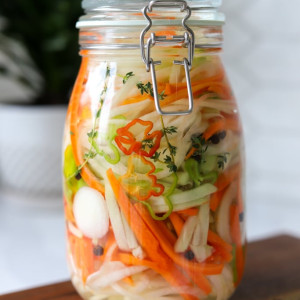


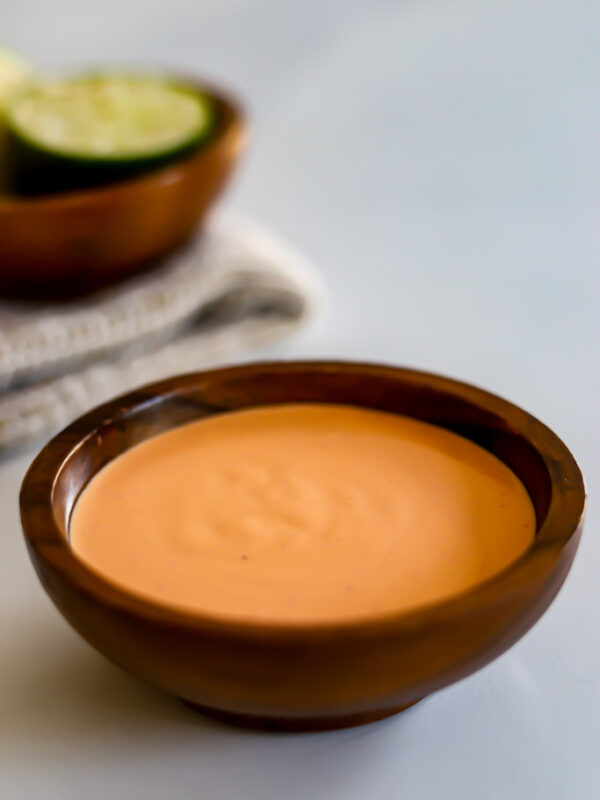
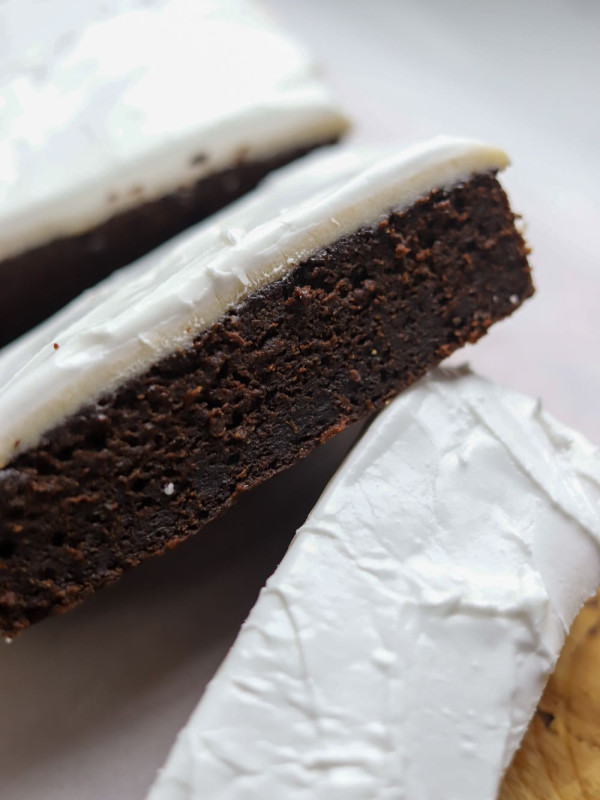
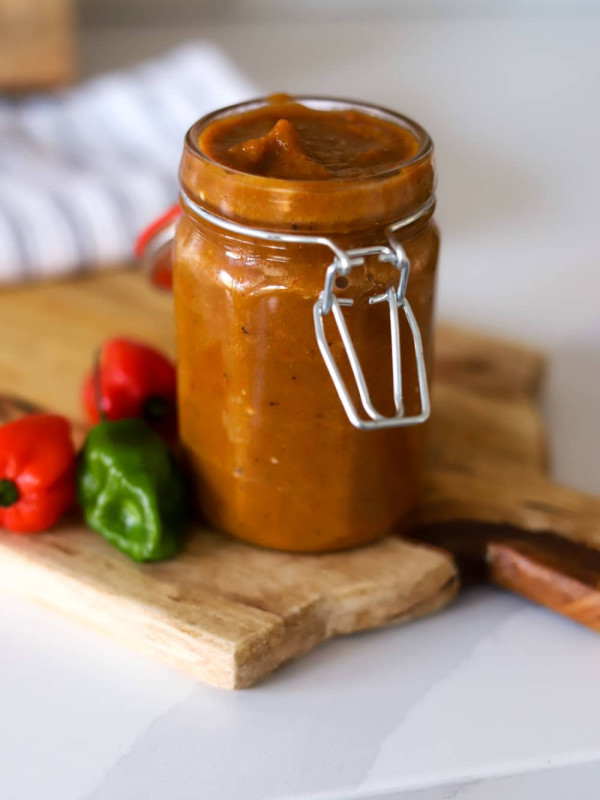
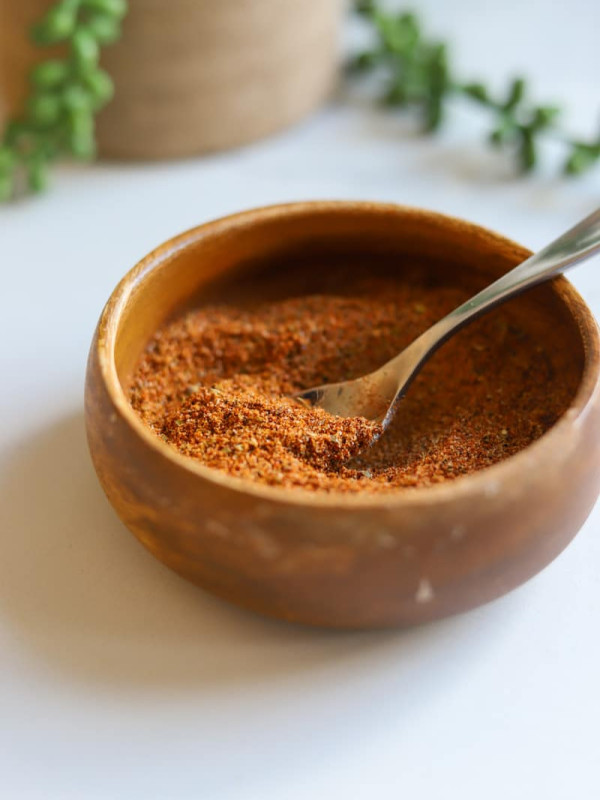








This escovitch recipe is AMAZING! I’ve been putting the pickled vegetables on everything lately. It tastes especially good with rice and fish!
Escovitch vegetables and fish is just the most perfect pairing! Love that you’ve been enjoying the recipe!
I’m so glad I found this Jamaican escovitch vegetable recipe! I was looking for something to serve alongside my jerk pernil and this was everything it needed and more.
Ohhhh yes! That’s a great pairing Marta! Love the sound of that – thanks so much for giving it a try and letting me know it turned out great!
Jamaican pickled vegetables is so nostalgic and this recipes is hands down theee best. Paired it with some fried fish for dinner and the family loved it. Thanks gworl! xx
Yess!! Paired with some fried fish is the perfect combination! Thanks so much for trying Camille!
I grew up like you in a home where pickled vegetables were always in the refrigerator, however my grandmother or mother always made them. So, I was excited to try my hand at it. Not only were your instructions easy to follow, the result was exceptional.
Same here! There was always a jar in the back of the fridge in our household as well! So happy to hear you enojoyed!
This is the only escovitch sauce recipe I use now–delicious and simple and the taste is spot on. Thank you!
Yay! Love that feedback! Thanks so much for trying it out Jazz!
My neighbor grows chayote and gave me some and I had no idea what to do with it until I saw this recipe. Made it and served with some fried fish, it was AMAZING.
So happy to hear Jessica!! Thanks so much for letting me know how it turned out!!
Can you store the Jamaican escovitch on the counter in a glass jar for a year and it be edible???
For this method of pickling vegetables, I do not recommend storing at room temperature. There are various reasons, one being the risk of bacteria from improper sterilization of the glass jar prior to adding the escovitch vegetables. Also, once the jar is opened, it would need to be refrigerated – and this is a jar you’ll be going back and forth in! The pickling process for pickling at room temperature has a more intricate process.
Delicious recipe quick and easy and taste bomb, one of the best recipes out there thank you.
You are so so welcome and I love that you enjoyed!! Thanks so much!
Amazing!!!!
So happy to hear you love it!!
How long should this marinate before using?
I always give it a minimum of a few days to a week! Of course, the longer it soaks the more infused and flavourful!
How long before eating? And can the liquid be reused?
I recommend letting your mixture sit for a few days minimum to a week for the flavours to really infuse and meld together. As for the liquid, I’ve never reused the liquid once the batch is done, however you can possibly use some of the liquid in a recipe like this: Jamaican Escovitch Fish https://seasonedskilletblog.com/jamaican-escovitch-fish/